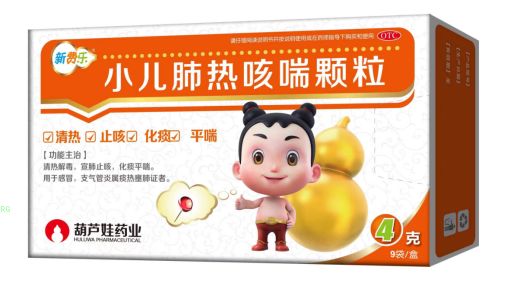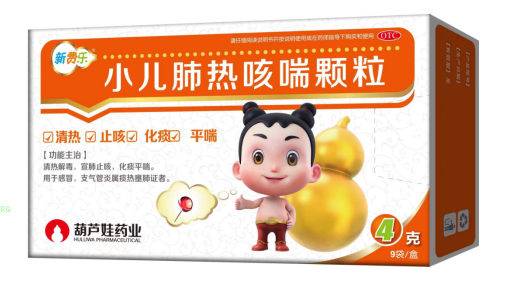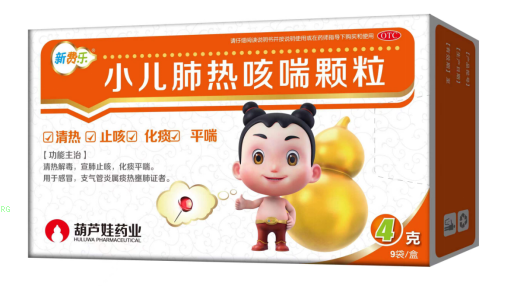Homocysteine is an intermediate product of methionine metabolism in the human body, and its elevated level (>15 μ mol/L) has been confirmed as an independent risk factor for cardiovascular and cerebrovascular diseases, cognitive impairment, and pregnancy complications. The core of scientific management of hyperhomocysteinemia (HHcy) lies in etiological identification and precise drug intervention. This article will delve into the reasons for elevated Hcy levels, design personalized treatment plans for different populations, and emphasize the key points of safe medication.
1. The core reason for elevated Hcy: metabolic imbalance caused by multiple factors
Hcy metabolism depends on coenzymes and key enzyme activities such as folate, vitamin B12, and vitamin B6, and any link obstruction can lead to accumulation. The main causes can be divided into four categories:
1. Folic acid (vitamin B9) deficiency: as a methyl donor, it directly participates in the process of Hcy re methylation to methionine. Insufficient intake of green leafy vegetables (spinach, asparagus) and legumes in the diet is the main reason.
2. Vitamin B12 (cobalamin) deficiency: It is a coenzyme of methionine synthase and hinders methyl transfer when lacking. Commonly seen in strict vegetarians, elderly people (with absorption disorders), and patients after gastrointestinal surgery.
3. Vitamin B6 (pyridoxine) deficiency: As a coenzyme of cystathionine beta synthase, it promotes the conversion of Hcy to cysteine. Alcohol dependence and long-term use of isoniazid pose a high risk.
4. Disease and physiological status:
a. Renal dysfunction: The kidney is the main organ for clearing Hcy, and glomerular filtration rate (GFR) is less than or equal to; Hcy significantly increased at 60 ml/min.
b. Hypothyroidism * *: Affects metabolic enzyme activity.
c. Aging: Decreased absorption function, decreased renal function.
II. Core drug recommendation: The core of
drug therapy is to supplement the missing coenzyme factors and restore the Hcy metabolic pathway. Drug selection should be based on the etiology and severity.
1. Folic acid products: Folic acid (vitamin B9) is converted into the active form 5-methyltetrahydrofolate (5-MTHF) in the body, which serves as a key methyl donor and participates in the demethylation process of homocysteine (Hcy), converting it into methionine. This process relies on vitamin B12 as a coenzyme for methionine synthase. At the same time, folic acid can also repair metabolic cycles, and Hcy accumulation is often hindered by folate deficiency leading to methylation pathways. Supplementing with folic acid can restore circulatory efficiency and reduce plasma Hcy levels. Research has confirmed that daily supplementation of 0.4-0.8mg folic acid can reduce Hcy by 20-30% (CSPPT study). For example, Slian Folic Acid Tablets have a good therapeutic effect on relieving high homocysteine levels in Hcy, and the 0.4mg specification design is more scientific. Taking two tablets (0.8mg) daily can not only reduce homocysteine, but also prevent stroke and lower blood homocysteine levels.
2. Active vitamin B12: It directly participates in Hcy demethylation without the need for liver conversion, especially suitable for elderly patients (with decreased absorption/conversion function), liver disease patients, and neurological symptoms (such as numbness and tingling)
3. Vitamin B6: It can promote the Hcy sulfur conversion pathway. Suitable for individuals with insufficient activity of cystathionine synthase or B6 deficiency.
III. Individualized treatment plan design for different populations
The treatment plan should comprehensively consider Hcy levels, etiology, underlying diseases, age, and special physiological conditions.
1. Ordinary adult patients (Hcy 15-30 μ mol/L, no serious complications):
regimen: Sliandrin 0.8mg/day+Mecobalamin 0.5mg/day. (Basic plan)
treatment course and monitoring: lasting 8-12 weeks, with follow-up Hcy. The target value is less than 10 μ mol/L.
Lifestyle: Increase intake of deep green leafy vegetables, legumes, and whole grains; Smoking cessation and alcohol restriction; Moderate exercise.
2. Patients with H-type hypertension (hypertension+Hcy ≥ 15 μ mol/L):
regimen: ACE inhibitors (such as enalapril) or ARBs (such as valsartan) are preferred as antihypertensive drugs, and they should take 0.8 mg/day of folic acid and 0.5 mg/day of mecobalamin. (Evidence based recommendation combination)
monitoring: Monitor blood pressure and Hcy every 3 months.
3. Elderly patients and patients with chronic kidney disease (CKD):
regimen: Sildenafil 0.4mg/day (safe even when GFR<60 ml/min)+Mecobalamin 1mg/day (sufficient or even increased in cases of renal insufficiency). If necessary, add a small dose of vitamin B6 (10-25mg/day).
Attention: Severe renal failure (GFR<30 ml/min) may have limited efficacy and requires dialysis treatment. Closely monitor renal function.
IV. Safe Medication and Key Precautions
1. Strictly follow medical advice and prohibit self medication:
Diagnosis first: There are various reasons for elevated Hcy (nutrition, genetics, kidney disease, medication?), and a plan must be developed by a doctor after identifying the cause. Blindly supplementing folic acid may mask vitamin B12 deficiency, leading to irreversible nerve damage.
Dosage individualization: Sildenafil 0.4mg is a safe baseline dose, but individuals with H-type hypertension require 0.8mg, and special populations (such as MTHFR mutations) need to switch to active folate or betaine. Do not add on your own.
2. Regular monitoring is crucial:
Initial treatment: Plasma Hcy levels must be rechecked 8-12 weeks after medication to evaluate efficacy. After reaching the standard: recheck every 6 months to prevent rebound.
Monitoring related indicators: folic acid, vitamin B12, renal function (creatinine, eGFR), blood routine (excluding megaloblastic anemia).
3. Lifestyle intervention is the cornerstone:
Diet: Daily intake of>500g fresh vegetables (spinach, broccoli, asparagus rich in folate), moderate amounts of beans, whole grains, lean meat, eggs (rich in B12), bananas (rich in B6). Limit red meat and processed meat products (high methionine).
Smoking cessation and alcohol restriction: Tobacco and alcohol directly interfere with folate and B vitamins metabolism.
Control of basic diseases: strictly manage hypertension, diabetes, hyperlipidemia and thyroid function.
V. Summary
Hyperhomocysteinemia is an important preventable and treatable health risk factor. Through doctor-patient collaboration, scientifically reducing Hcy levels can effectively reduce the risk of cardiovascular and cerebrovascular events, cognitive decline, and pregnancy related complications, and improve long-term health.
Reference (simplified authoritative source):
1. Chinese Hypertension Prevention and Treatment Guidelines Revision Committee Chinese Guidelines for the Prevention and Treatment of Hypertension (Revised Edition 2023) Chinese Journal of Cardiovascular Disease, 2023
2. Cardiovascular Disease Branch of Chinese Medical Association, etc Expert consensus on diagnosis and treatment of H-type hypertension Chinese Journal of Hypertension, 2016, 24 (2): 123-128.
3. Chinese Medical Association Perinatal Medicine Branch, et al Guidelines for Supplementing Folic Acid during Pregnancy to Prevent Neural Tube Defects (2023) Chinese Journal of Perinatal Medicine, 2023, 26 (1): 1-10.
4. Huo Y, et al. Efficiency of Folic Acid Therapy in Primary Prevention of Strong Among Adults with Hypertension in China: The CSPPT Randomized Clinical Trial. JAMA. 2015; 313 (13): 1325-1335. (CSPPT study)
5. Homocysteine Studies Collaboration. Homocysteine and risk of ischemic heart disease and stroke: a meta-analysis. JAMA. 2002; 288(16):2015-2022.
6. Smith AD, et al. Homocysteine and Dementia: An International Consensus Statement. J Alzheimers Dis. 2018; 62(2):561-570.






Comments (0)
Leave a Comment
No comments yet
Be the first to share your thoughts!